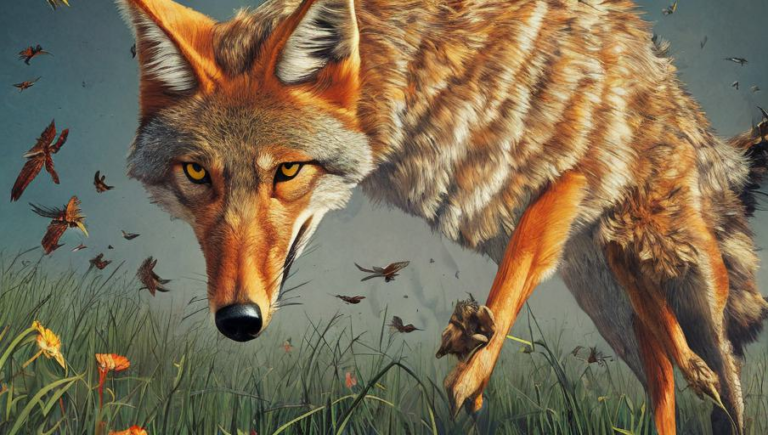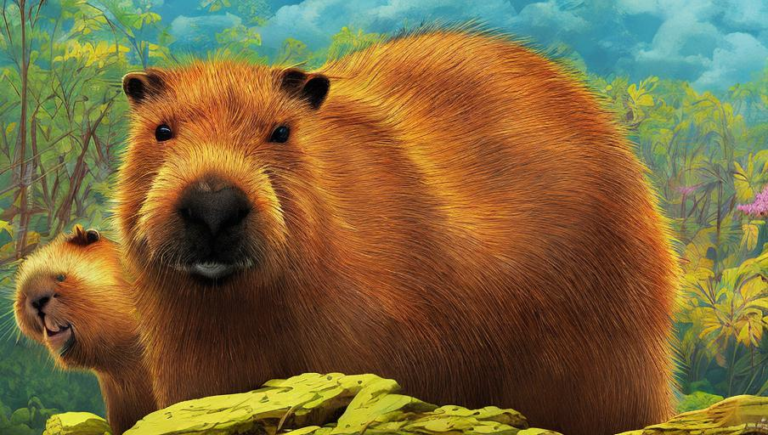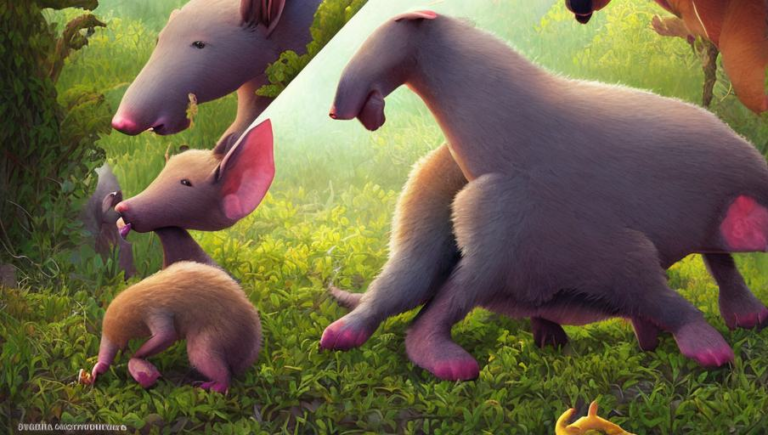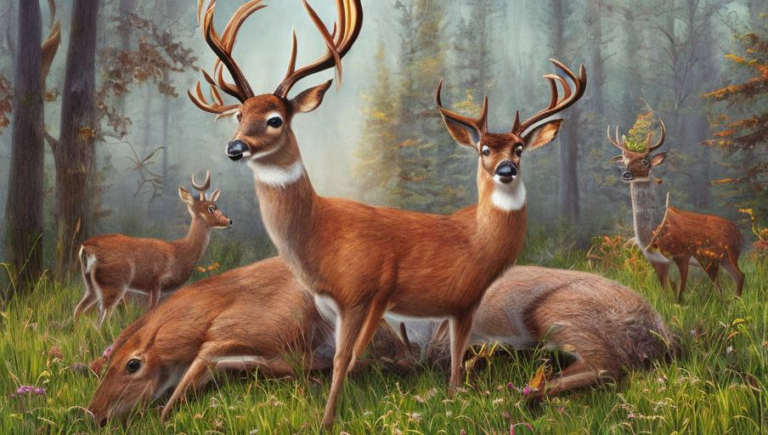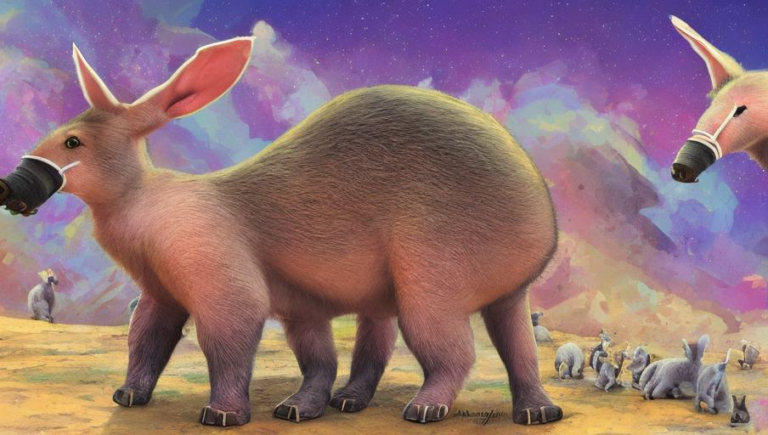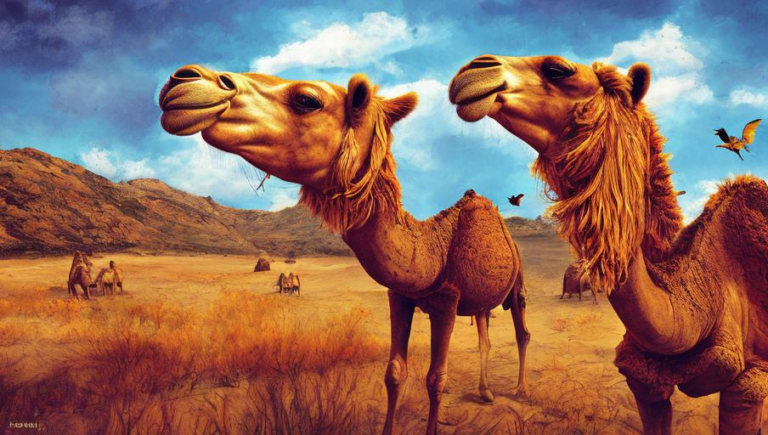Observing Deer in Their Natural Habitat
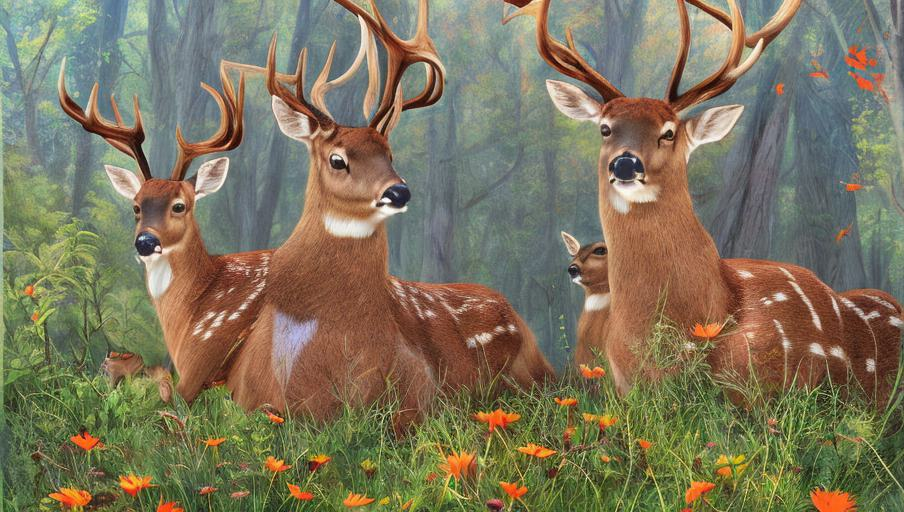
Observing Deer in Their Natural Habitat
Deer are a species of artiodactyl mammal that can be found in many parts of the world, from the tropics to the coldest regions of the far north. They are a fascinating species, with a wide range of behaviors and adaptations that make them well-suited to their natural habitats.
When observed in their natural habitats, deer can be seen grazing, browsing, and foraging for food. They are often seen in groups, both for protection and for the advantages of foraging together. Deer are also very alert and can be startled easily, so it is important to be respectful and observe them from a distance.
Adapting to Their Surroundings
Deer have adapted to their environment in many ways. For example, many species of deer have developed thicker fur or larger antlers to protect themselves from predators. They also have a keen sense of hearing and smell, allowing them to detect potential predators before they can be seen.
Deer also have the ability to adapt to seasonal changes in their environment. In temperate climates, deer will shed their winter coats in the spring and grow a thicker coat in the fall. In colder climates, deer have adapted to survive the harsh winters by eating a variety of different foods, such as grasses and shrubs, and living in sheltered areas.
The Social Lives of Deer
Deer live in social groups, with bucks living alone and does living in herds. The size of the herd can vary depending on the species, with some herds consisting of as many as 200 deer. Within the herd, there is a strict hierarchy, with the oldest and strongest females at the top.
In addition to living in herds, deer also engage in a variety of social behaviors. For example, bucks will challenge each other for dominance, using their antlers to establish a pecking order. Does will also communicate with each other using a variety of vocalizations, such as grunts and barks, to signal danger or to show their dominance.
The Future of Deer
Deer are an important species in many ecosystems and their populations must be protected in order to maintain healthy habitats. Unfortunately, many deer populations are at risk due to habitat destruction, hunting, and other human activities. It is important to continue to work to protect and preserve deer habitats in order to ensure the survival of this unique species.
By observing deer in their natural habitats, we can gain a better understanding of their behavior, ecology, and their importance in the environment. Through continued research, conservation efforts, and respectful observation, we can ensure that deer will remain a part of our world for years to come.
